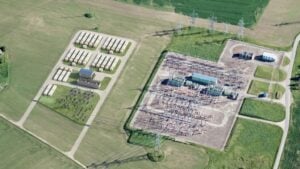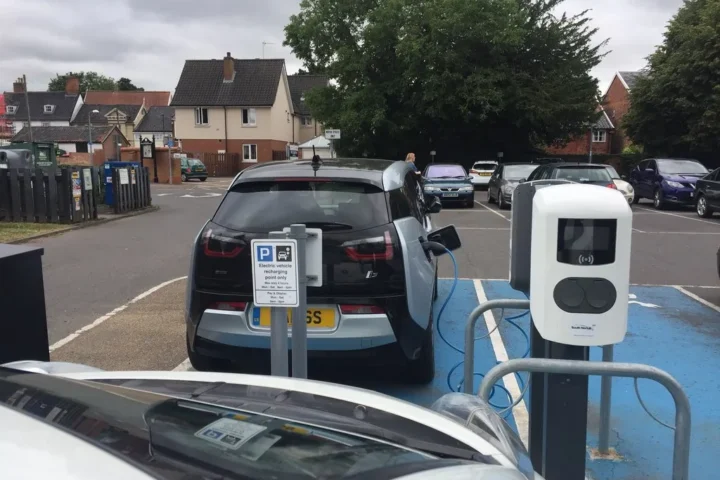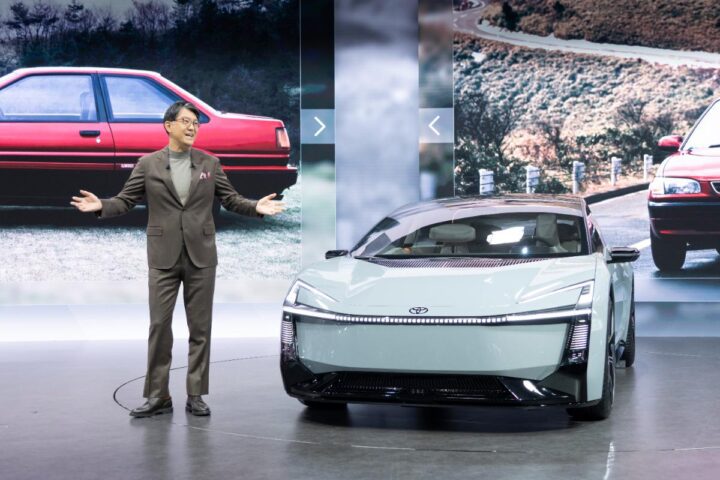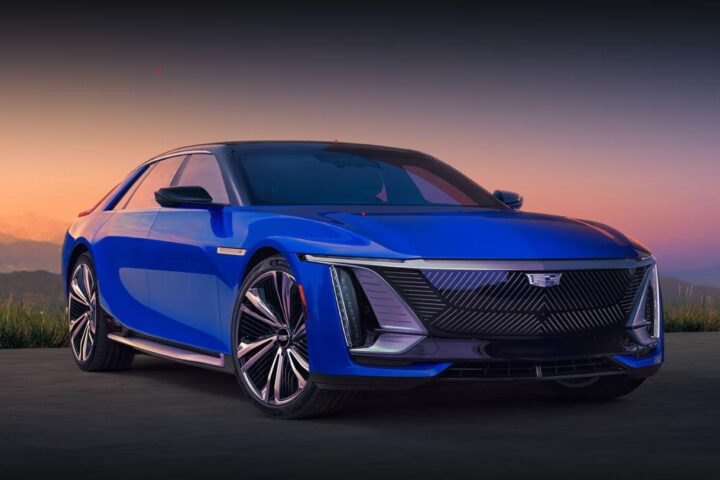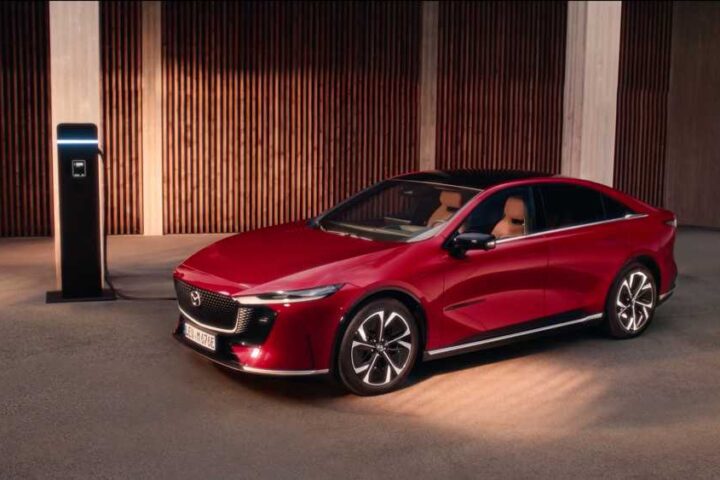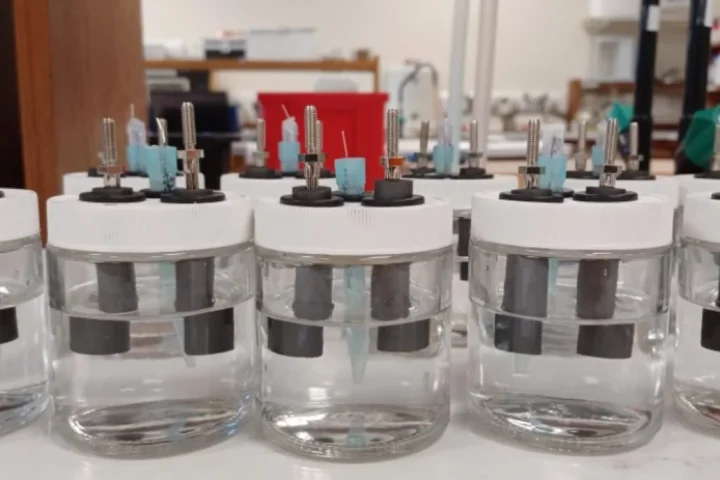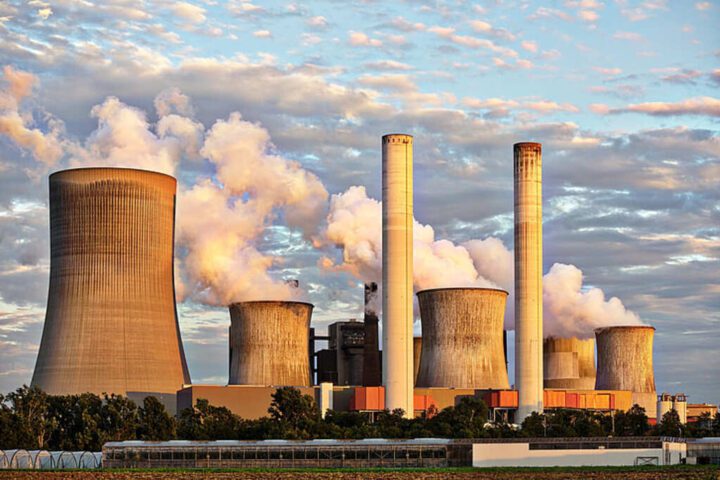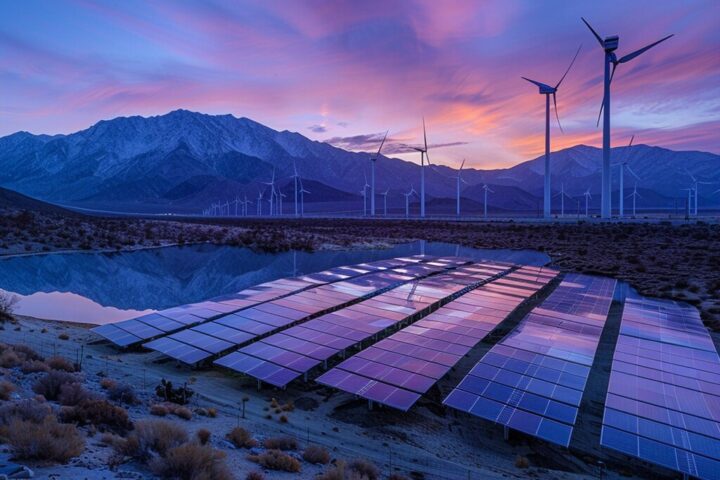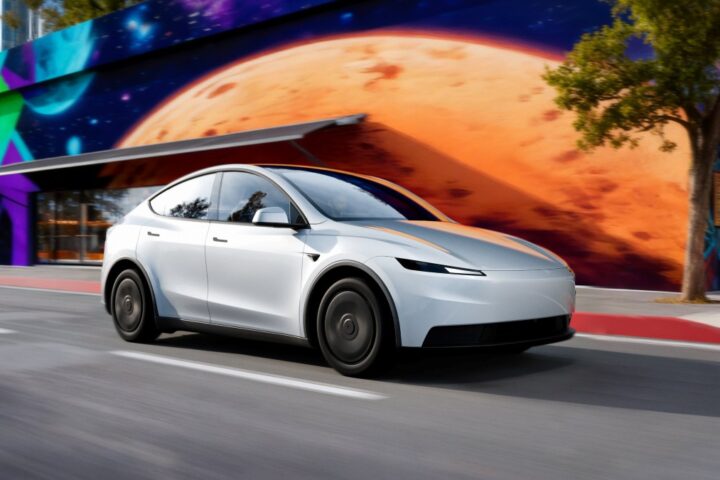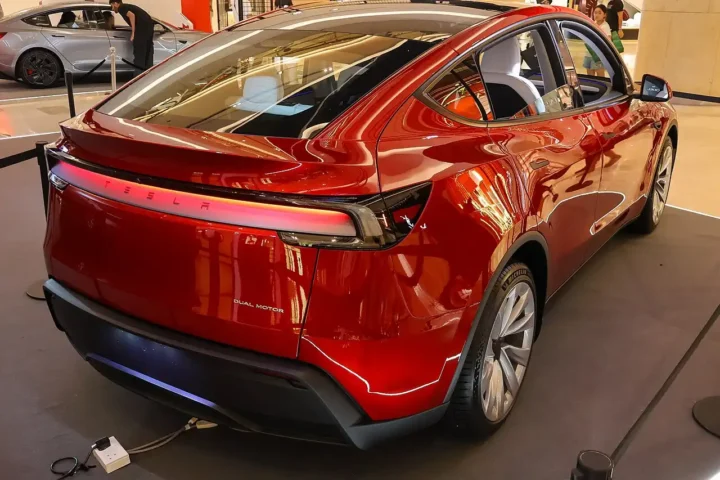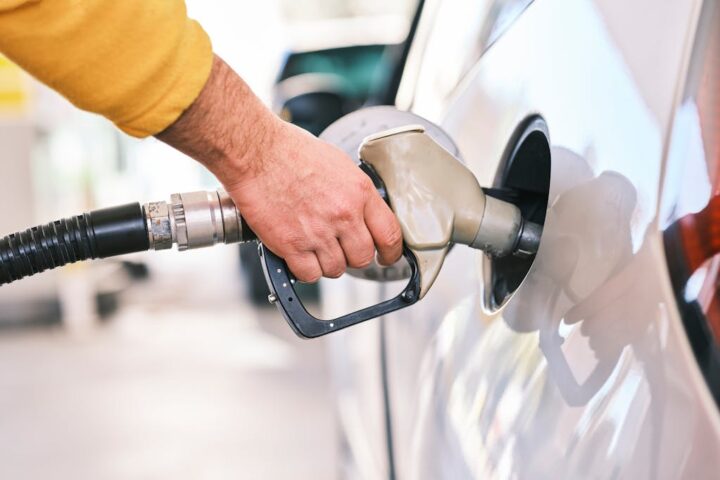Estonia has laid the cornerstone for what will become the largest battery park in continental Europe, marking a crucial step toward synchronizing the Baltic power grids with the rest of Europe by 2025. The project, spearheaded by the Baltic Storage Platform—a joint venture between Estonian energy company Evecon, French solar producer Corsica Sole, and sustainable finance management company Mirova—aims to bolster energy security and support Estonia’s transition to renewable energy.
Project Details
The battery park, located in Kiisa, just outside the capital city of Tallinn, will consist of two battery storage installations with a combined output of 200 megawatts-hours(MWh) and a total storage capacity of 400 megawatt-hours (MWh). This is enough to supply electricity to approximately 90,000 homes. The first of the two parks is expected to be completed by the end of 2025, with the second following in 2026.The battery energy storage park and its substation will be connected to the electricity transmission network using a 330kV AC underground cable, the first of its kind in Estonia. The project will utilize advanced lithium-ion battery technology to store excess energy generated from renewable sources during periods of low demand and release it when demand is high or when renewable generation drops.
Importance of Energy Storage
As Estonia and its Baltic neighbors prepare for grid synchronization with the rest of Europe, energy security becomes a pressing issue. The ability to store and deploy energy as needed is crucial for balancing the power supply, especially as the region shifts towards renewable energy sources such as wind and solar.
Estonia’s climate minister, Yoko Alender, emphasized the role of storage systems in this transition, stating, “Estonia has a clear goal – by 2030, the amount of electricity we consume must come from renewable sources. Energy storage plays an important role here, because we need to store solar and wind energy for moments when nature is currently resting.The development of storage system helps to ensure clean,reliable and affordable energy future for the people of Estonia.”
The synchronization of the Baltic grids with Europe is also a geopolitical move, severing a long-standing reliance on the Russian grid. This transition will make the region more self-sufficient and less vulnerable to potential energy disruptions.
Global Context
The Kiisa battery park is part of a broader trend in energy storage worldwide. Similar projects are being developed across Europe and beyond as countries seek to stabilize their energy grids and integrate more renewable sources.
In Belgium, Corsica Sole built the country’s largest battery park in 2022, helping stabilize the frequency of the European electricity grid. The facility participates in Frequency Control Reserve services, a mechanism that balances supply and demand fluctuations across the continent.
Other notable large-scale battery storage projects include the Moss Landing Energy Storage Facility in California, with a capacity of 1,200 MWh, and Australia’s Hornsdale Power Reserve, also known as the Tesla Big Battery, which has played a crucial role in stabilizing the Australian grid.
Environmental Considerations
Additionally, batteries have a limited lifespan, and their performance degrades over time. When they reach the end of their life, proper disposal or recycling is essential to prevent harmful chemicals from leaking into the environment.
Similar Posts
Despite these challenges, the development of large-scale battery storage remains a key component of the global shift towards sustainable energy. As Karl Kull, CEO of Evecon, noted, “This is a historic moment for both Estonia and for the entire Baltic energy sector for two reasons. First, this is an extremely important and real step to prepare the synchronisation of for the Baltic countries. Secondly, no one has yet built such a large complex of battery parks in continental Europe.I believe that laying the cornerstone together with our good partners from Corsica Sole and Mirova will not be the last, and we will continue to act to ensure energy security in this area.”
Looking Ahead
The Kiisa battery park is a significant milestone in Estonia’s journey towards energy independence and sustainability. By investing in large-scale energy storage, the country is positioning itself as a leader in the global transition to renewable energy.
As the project progresses, it will be important to monitor its impact on the Estonian and Baltic energy grids, as well as any technological innovations or upgrades implemented along the way. The successful completion of the Kiisa battery park could serve as a model for other countries seeking to enhance their energy security and reduce their carbon footprint.
With the cornerstone laid and construction underway, Estonia is one step closer to achieving its goal of sourcing all its electricity from renewable sources by 2030. The Kiisa battery park is a testament to the country’s commitment to a cleaner, more sustainable future.
